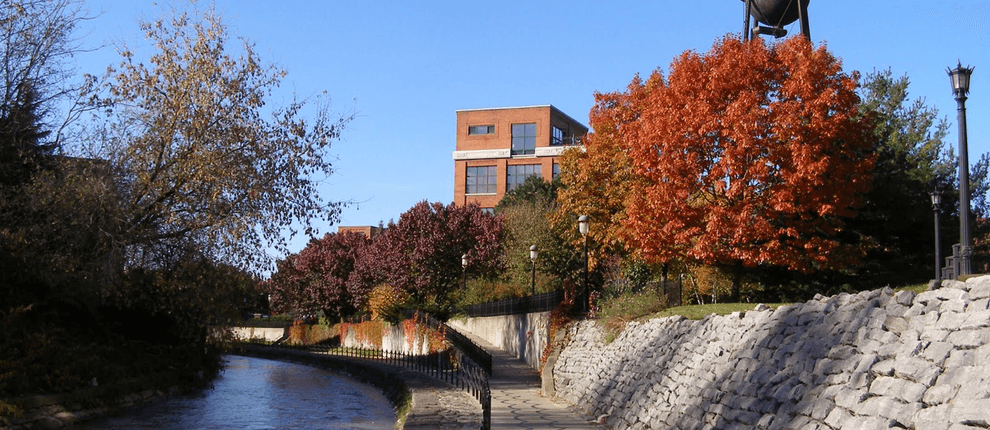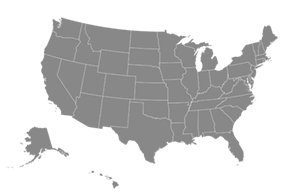




The Symposium includes numerous educational sessions covering a broad range of trail issues including nationally and internationally prominent presenters. View presentations that were sent to us post-ITS.
posted Jun 5, 2019
by Chris Gensic with City of Charlottesville Parks & Recreation
Trail Talk handout
posted Jun 5, 2019
by Lelia Mellen with National Park Service
Learn about the new Trail Finder online database!
posted Jun 3, 2019
by Ann Baker Easley with Volunteers for Outdoor Colorado (VOC), Dean Winstanley with Volunteers for Outdoor Colorado (VOC), Tom Mullin with University of Southern Maine
This workshop focuses on practical ways for outdoor stewardship organizations and agencies to grow and expand the volunteer stewardship sector with greater organizational reliability and consistency across volunteer programs and in technical skill practices.
posted Jun 5, 2019
by Karl Beard with National Park Service, Andy Beers with Hudson River Valley Greenway, Beth Campochiaro with Hudson River Valley Greenway, Mona Caron with Erie Canalway National Heritage Corridor, Robin Dropkin with Parks and Trails New York, Sasha Eisenstein with New York State Canal Corporation, Scott Keller with Hudson River Valley Greenway, Tom Sexton with Rails to Trails Conservancy
The session describes New York’s emergence as a trail state, highlights advocacy and planning that paved the way, and offers takeaways for trail systems elsewhere.
posted Jun 5, 2019
by Mike Halferty with City of Toronto - Urban Foresty Branch
This poster session presentation summarizes the process of developing the City of Toronto's Natural Environment Trails Strategy and its outcomes.
published May 2019
by Amy Camp with Cycle Forward
by Amy Camp, Principal, Cycle Forward
posted Jun 4, 2019
by Bill Long with Bay Area Ridge Trail Council, Frank Maguire, Diane Kripas
Learn how trail leaders are generating support through techniques like outings and events, hikes with landowners, improved mapping and compelling visual images and engage in a sharing of lessons learned.
posted Jun 4, 2019
by Christopher Douwes with Federal Highway Administration
This presentation will provide a broad overview of Federal Highway Administration goals, programs, resources, and funding.
posted Jun 5, 2019
by Kendra Baumer with New York - New Jersey Trail Conference
Take control of your volunteer program's future!
posted Jun 10, 2019
by Andrew Dupuy with Rails to Trails Conservancy, Brian K. Housh with Rails to Trails Conservancy
Several states, including Ohio, Michigan, and Massachusetts have established legislative trails caucuses in the past year, facilitating active engagement among state legislators and trail constituents.
posted Jun 5, 2019
by Terry Bergerson with Oregon Parks and Recreation Department, Randall Rosengerger with Oregon State University - College of Forestry
Non-motorized trail access was identified as a cost-effective public health strategy for increasing physical activity levels in the Oregon population.
posted Jun 4, 2019
by Ron L. Taylor with Taylor Siefker Williams Design Group, Travis Glazier with Onondaga County Office of Environment, Andre Denman with Indy Parks/Department of Public Works
This session provides two case studies of how communities are creating and attracting residents to unique experiences on their trail systems.
